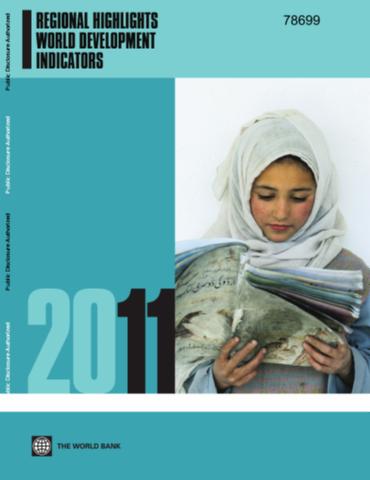Resource information
The primary completion rate for 7 countries-Benin, Burkina Faso, Guinea, Ethiopia, Madagascar, Mozambique, and Niger-more than doubled between 1991 and 2009. Still large differences persist between rich and poor within countries. In some low-income countries, such as Benin, the completion rates for the richest quintile are 95 percent or higher, but completion rates for the poorest quintile are 35 percent or less. And there is a 9 percentage point gap in the completion rates for boys and girls. Many poor people depend on biomass energy from plant materials or animal wastes for cooking and heating. Millions of deaths are caused by air pollution. Many are children in developing countries, who die of acute respiratory infections due to indoor air pollution resulting from burning fuel wood, crop residues, or animal dung. The economies of Sub-Saharan Africa are gradually shifting towards industry and services. Gross Domestic Product (GDP) in Sub-Saharan Africa expanded by 4.7 percent in 2010, up from 1.7 percent in 2009. In the last five years Rwanda, Burkina Faso, Ghana, and Mali, ranked in the top ten of 174 of the world s countries in making their regulatory environment more favorable to business. Middle East and North Africa has made impressive gains in women s health and education outcomes. In 2008 the low-and middle income economies of Middle East and North Africa produced 53 percent more energy compared to their 1990 level, but they consumed 133 percent more energy and energy use per capita increased by 63 percent. Economic growth and rising labor productivity has reduced poverty in South Asia, home to half the world s poor people living below $1.25 a day. Information and communications technology services dominate the service exports of South Asia like no other region. Latin American and the Caribbean is the most efficient energy user in the world, measured by the ratio of GDP to energy use. The rapid emergence of East Asia as the world s export powerhouse was complemented by surging final demand within the region, notably in China. Taxes fund a broad range of social and economic programs, national defense, and other purposes such as redistributing income to the aged and unemployed.


